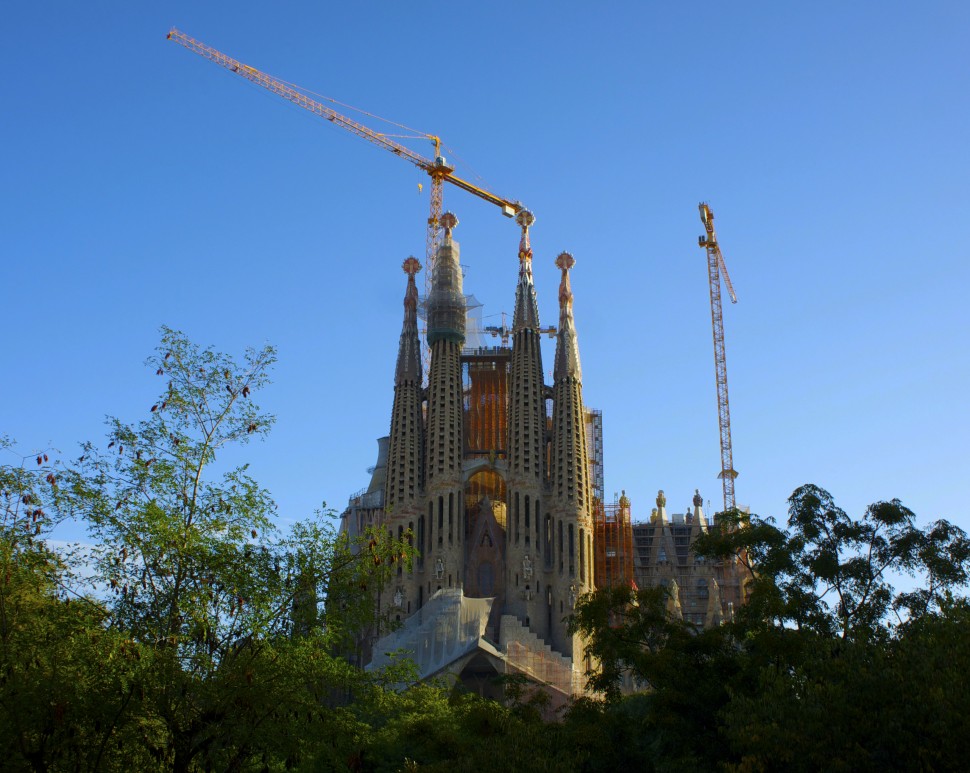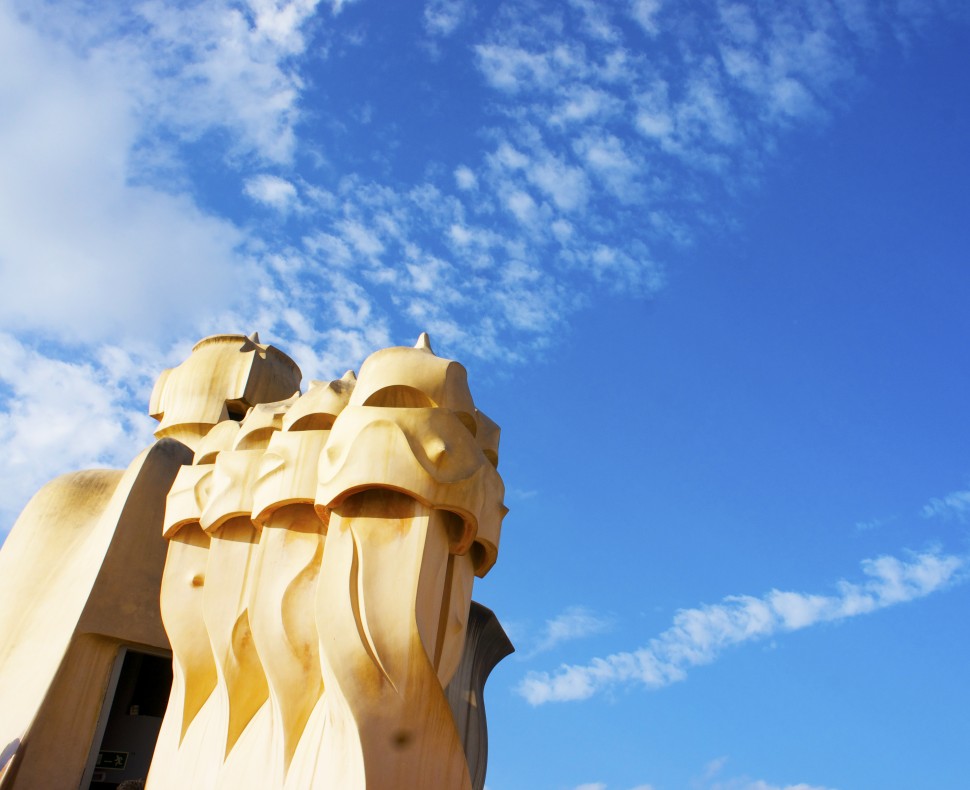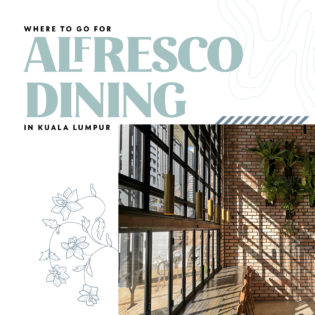The whimsical works of Antoni Gaudi has turned this Catalan city into every architect’s must-visit wonderland

Not one to shy away from a bold project, Spanish Catalan architect Antoni Gaudi defied design conventions, creating some of the world’s most magnificent architectural marvels. A graduate of Llotja School and the Barcelona Higher School of Architecture, Gaudi developed a distinctive and eclectic style influenced by his interests in gothic art, oriental techniques and nature, which has defined the Catalan Modernisme movement. Today, it powers the tourist boom in the city of Barcelona. For those who want to discover more of Gaudi’s genius, here are some of his works that are worth a visit:
La Sagrada Familia

This Roman Catholic Church, also known as the Basilica and Expiatory Church of the Holy Family, is often called Gaudi’s magnum opus. At 170-metres tall, this architectural innovation towers over the mid-rise city of Barcelona and is indeed a solid proof of Gaudi’s gifts. The architect began work on the La Sagrada Familia in 1881 and devoted the last 16 years of his life to the project. And although the construction completion is only set for 2026 coincidentally a hundred years after Gaudi’s death, this famous Basilica has already been listed as a UNESCO World Heritage Site and is one of Spain’s most visited buildings despite still being a work-in-progress.
Casa Batlló

Gaudi was commissioned to construct the building in 1877 by Lluis Sala Sánchez and was asked to re-model in 1904-1906 by Catalan businessman and aristocrat Josep Batlló (who acquired it from previous owner Sanchez). Batlló only had one request of Gaudi and it was to create the boldest and most imaginative building along Passeig de Gràcia, then Barcelona’s famous fashionable upper-class avenue. With the skull-like balconies, marine life and coral-inspired façade colours and a rooftop arch akin to a dragon’s back, we think it is safe to say Batlló got exactly what he wanted.
Casa Mila

Another one of Gaudi’s masterpieces along Passeig de Gràcia is the Casa Mila. Located on the corner of Passeig de Gràcia and Provença, it was commissioned in 1912 by couple Pere Mila and his wife Roser Segimon, who are friends of the Batllós. Also called La Pedrera, which means “the quarry,” it features rough façade similar to an open quarry, with its asymmetrical waves that form its windows, balconies, courtyard and rooftop. The house inside features an exhibition hall, an apartment that recreates the flat of a bourgeois family of Barcelona in the 20th century and, our favorite, the rooftop with giant chimney and ventilation tower sculptures.
Park Güell
Catalan count Eusebi Güell called on Gaudi to design a park for a housing project he planned for Barcelona’s elite. Although the project never took off and didn’t interest a buyer (except for Gaudi, who lived in the area with his family from 1906 to 1926), the municipal garden is now one of Barcelona’s major attractions. The park is like a forest from a fairytale with colourful dragon statues, multi-hued and mosaic-tiled balconies and walls, and a hall with 86 Roman-inspired columns. Aside from all the whimsy, a visit to the park also offers a fantastic view of Barcelona’s cityscape.









